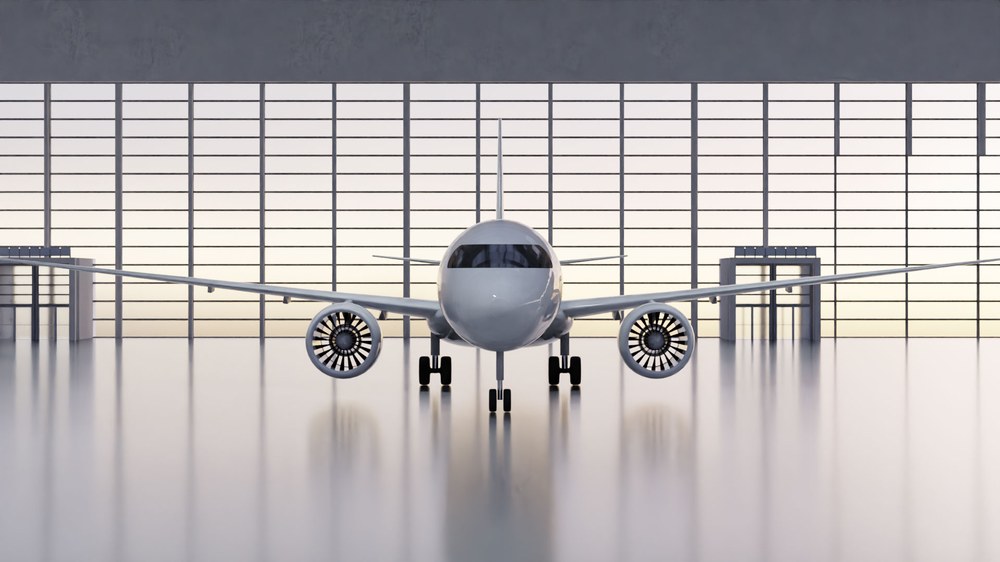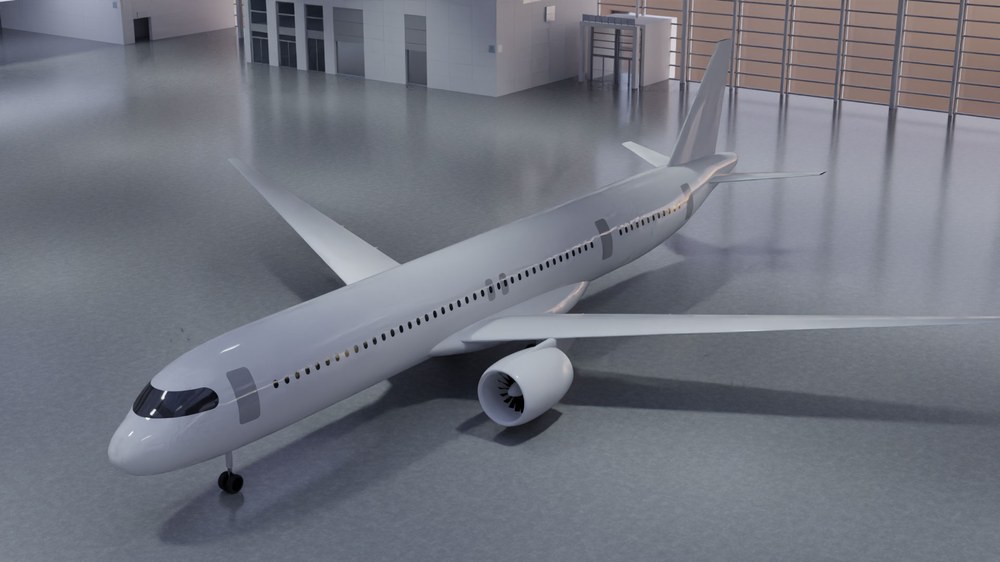Explore next-generation aircraft in the Digital Hangar



- The aircraft models use various types of propulsion and have a range of between 600 and 4630 kilometres.
- The data is freely available and can be downloaded.
- The concepts were developed using the CPACS common language, enabling collaboration across various disciplines.
- Focus: Aviation, digitalisation, climate-compatible flying
The Digital Hangar is an online resource for viewing and exploring aircraft concepts and even downloading data. Through the platform, available at digital-hangar.de, the German Aerospace Center (Deutsches Zentrum für Luft- und Raumfahrt; DLR) provides insights into the possible future of aviation. Companies, start-ups and researchers from the aviation sector can use the data in collaborations or to develop their own designs.
"We want to use our knowledge to rapidly advance climate-compatible aviation – an important industry in Europe. DLR can act as a bridge between research, small and medium-sized enterprises and industry, and so we are making our expertise available in the knowledge that together we can really make a difference," says Björn Nagel, Head of the DLR Institute of System Architectures in Aeronautics.
Side by side: models, special features and challenges
Currently, there are seven aircraft models in the Digital Hangar, with ranges of between 600 and 4630 kilometres and seating for 9 to 250 passengers. Some fly on conventional or synthetic kerosene, others on hydrogen. The most important data is clearly organised in a simple, easy-to-compare card format, and clicking on each card reveals additional information, such as special design features, the differences from today's aircraft or challenges that still exist. Beyond the static illustrations, users can rotate a 3D model of each aircraft's external structure to examine it from all angles. Some of the DLR aircraft models in the Digital Hangar originate from the EXACT (Exploration of Electric Aircraft Concepts and Technologies) research project. EXACT is one of the largest and most comprehensive studies on climate-compatible and commercially competitive aviation, bringing twenty DLR institutes together to evaluate the entire life cycle of future aircraft architectures with various propulsion systems.
End-to-end modelling in aviation: unique in the world
The concept of the DLR-F25 – a conventional medium-haul aircraft that can be powered by synthetic fuels – is a benchmark for several research projects on climate-compatible flying using innovative technologies. Unlike today's aircraft, the F25 has folding wing tips, for example, a design feature that improves aerodynamics and is already being tested by aircraft manufacturers. The Digital Hangar is strengthening the further development of aviation by incorporating scientific findings in its concepts. The configuration of the D150-BWB (Blended Wing Body) model looks unusual at first glance. The aircraft has a wide, flat fuselage and two top-mounted engines. The advantages include excellent aerodynamics, less engine noise and large cargo holds, while challenges remain in the form of reduced passenger comfort and some unresolved design issues.
"The Digital Hangar is like a library for different configurations and will be continuously expanded. DLR's ability to offer end-to-end modelling in aviation is unique worldwide," explains Nagel. DLR covers a wide range of areas and links them digitally through standardised data to form an overall system. "For example, we have a description of the outer shell, which is critical for aerodynamics. At the same time, the description of the internal structure is important to ensure the stability of the design. And then which type of propulsion will be chosen? All interactions must be taken into account simultaneously."
CPACS has been bringing aviation disciplines together for 20 years and continues to grow
For 20 years, CPACS (Common Parametric Aircraft Configuration Schema) has enabled the digital linking of various disciplines involved in aircraft design. Starting as a small project at DLR, researchers have developed CPACS into a comprehensive tool that enables them to collaborate efficiently. "CPACS describes the characteristics of aeroplanes, helicopters, engines and climate impacts, and even includes entire fleets. Workflows can also be analysed," says Nagel. "A CPACS data set contains everything we need for a comprehensive aircraft design and the available fields continue to grow. We recently added descriptions of onboard systems such as air conditioning and flight control." The models in the Digital Hangar were developed using CPACS. The platform is freely available and enables extensive collaboration in aviation.
